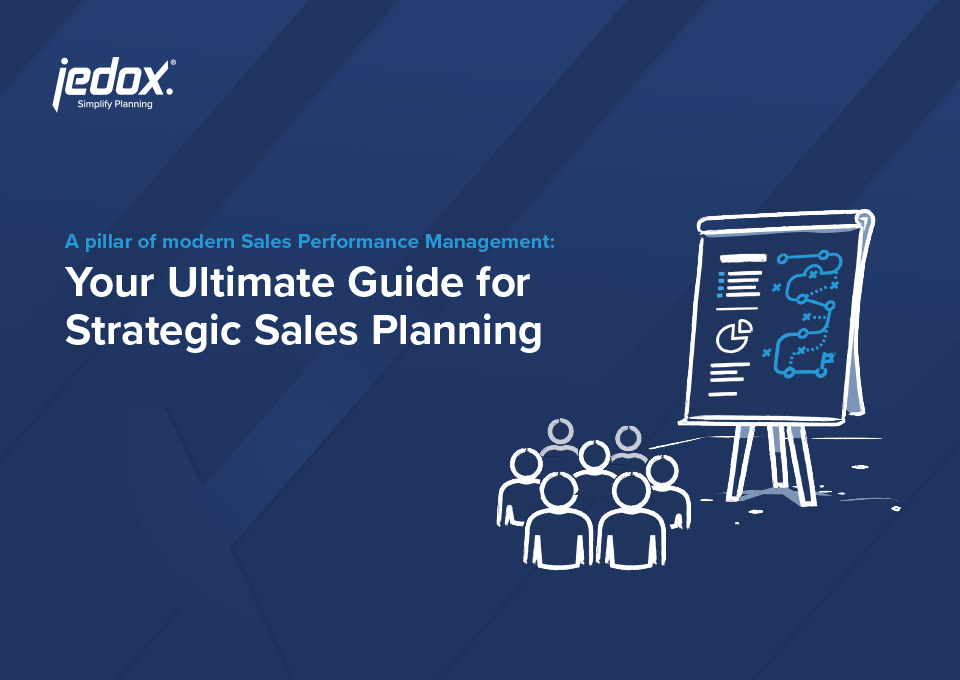Foreword
Planning in a post-pandemic environment continues to bewilder many sales organizations. The idea that change can simply be “managed” feels more and more obsolete as we expect our processes and people to be perpetually agile and adaptable. Business performance, both in the public and private markets, is highly correlated with adaptability, and sales teams are feeling the pressure to deliver on aspirational targets amid an ever-increasing amount of uncertainty.
An annual cadence to strategic sales planning backed by manual excel processes no longer sufficiently enables companies to plan for the reality of doing business in today’s market. Dynamic sales planning accomplished by incorporating AI into sales performance management (SPM) can produce more accurate and frequent predictions that result in proactive decision-making and actions. Pipeline growing faster than expected? Optimize your capacity planning before recruiting. More people buying online? Shift resources from in-store to online.
As companies and sales organizations grapple with the impact of the global labor shortage, also known as “The Great Resignation,” sales teams struggle to deliver against plans that may be thoughtful but aren’t particularly malleable. In an environment in which seemingly all labor is poachable, the difference between companies that must hire who is available and companies that can hire who they need is the ability to plan with an advanced degree of intelligence and agility.
Transparency of sales performance is also increasingly top of mind as the ability to identify, replicate and communicate successes is critical to growing and motivating a high-performing sales team. Additionally, compliance (like Sarbanes-Oxley) and readiness for potential labor disputes are key drivers of planning transparency. Lastly, sales teams and the customers they serve are becoming more diverse, and the days of shadow processes and institutionalized inequities are waning.
Manual incentive compensation management (ICM) processes are often the forcing mechanism that drives companies to consider a sales performance management (SPM) solution. While the desire to automate these processes makes intuitive sense, it’s important to view SPM not only as a way to automate ICM, but a comprehensive and strategic business solution that correlates data and informs better decision-making.

